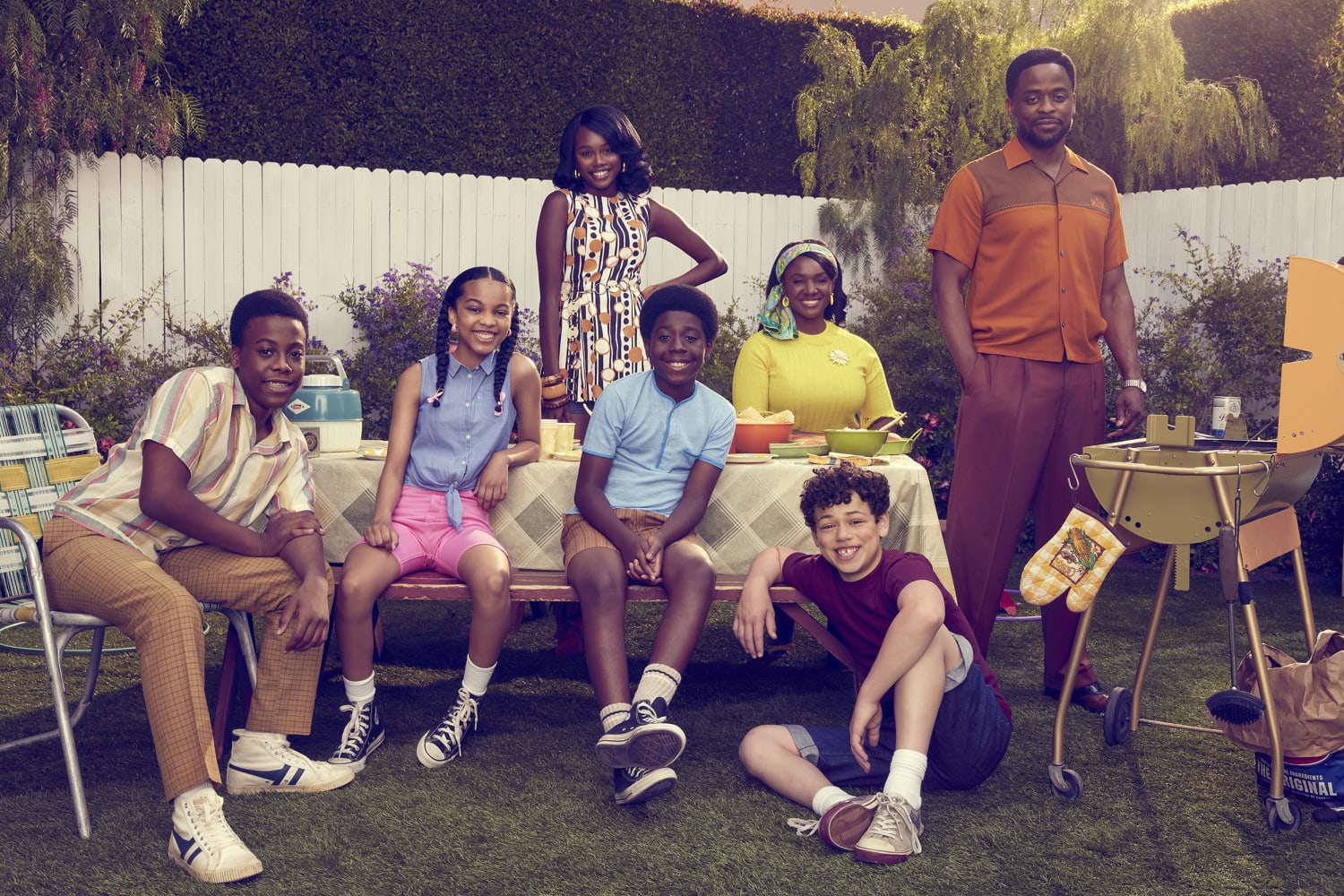In 1988, 29 million households watched the ABC premiere of “The Wonder Years,” a critically acclaimed family dramedy set in the 1960s that showcased one of the most transitional periods in American history. The show indulged TV viewers’ collective love of nostalgia even as it pushed the boundaries of the sitcom genre with its realism and its vulnerable take on adolescence.
Now, more than 30 years since the show premiered, “The Wonder Years” returns to ABC (as well as Hulu) on Wednesday night with a brand new family as its focus. Set in the same period, amid racial strife, war and a flu pandemic that killed 100,000 Americans, the sitcom this time centers on a Black middle-class family, the Williamses, living in Montgomery, Alabama.
Directed by “The Wonder Years” alum Fred Savage, who starred as 12-year-old Kevin Arnold in the original, the new series looks like a relic of the past, from the costuming to the musical references to the set design. Yet it’s never been more timely.
We are living in such a polarized era, in which the days feel so off-kilter that it can be easy to forget that this country has found its way through equally tumultuous moments in the past. Revising “The Wonder Years” provides a clear throughline into that past and allows viewers to connect modern-day movements like Black Lives Matter and #MeToo to a previous era. Of course, telling our history through a sitcom makes it more digestible for those who may otherwise dismiss these important topics.
Despite the uncertainty and the chaos of the ’60s, so much of what made the original series magnetic was its reckoning with the cares and concerns of tweens and teens. Like its predecessor, this version of “The Wonder Years” vividly captures the last few years of “pure unadulterated childhood” — as adult Kevin puts it in the original series pilot. This time, they are experienced by Kevin’s counterpart, Dean (Elisha “EJ” Williams), as perceived with the hindsight of his adult self.
While the Williamses are a Black Southern family living during the civil rights movement, Dean is mainly concerned with baseball, living up to his siblings’ perceived perfection and comic-book-loving tomboy Keisa Clemmons (Milan Ray), who is the object of his obsession. Still, the events of the ’60s affect Dean directly in a way that they never touched Kevin.
In the opening scene of the series, adult Dean (narrator Don Cheadle) mentions that his parents have already had the “police talk” with him; in the original, racial profiling and police brutality are things Kevin never had to contend with. And the plot is set up for more deep engagement with the Vietnam War. In the earlier series, the older brother of Winnie (Kevin’s love interest) dies in the war. This time, Dean’s older brother, Bruce, is the one who’s fighting.
Moreover, the world around Dean is changing rapidly, and it’s not just overseas; his neighborhood and school have also been transformed. Although Alabama had enacted a law forbidding school desegregation in 1966, by 1968, when the show opens, integration had gone into effect.
In the backdrop of the narrative, Dean’s all-Black elementary school has closed its doors, with Dean, his best friend, Cory (Amari O’Neil), and the rest of the neighborhood kids shipped over to the now-mixed Jefferson Davis Junior High School. How pointedly ironic that the school was named for the president of the Confederacy.
As the reboot begins, adult Dean notes that the race riots of the previous summer had caused an exodus of white people, or “white flight,” from Montgomery. By the start of the school year, most of the students at Dean’s school have adjusted to integration, but moments of microaggression and outright racism persist, from white students’ refusal to use the water fountain to a teacher’s insensitive remarks.
In keeping with the original show, “The Wonder Years'” reboot pilot opens at the moment before everything shifts for Dean. While he is focused on winning a baseball game, perhaps the most horrific moment of the year occurs: the death of Martin Luther King Jr. It was news that would ricochet across the Black community and the world, effectively changing everything that would come next.
For all its acknowledgments of the social unrest of the era, however, “The Wonder Years” isn’t a heavy show. Many Black families, like the Williamses, lived whole and robust lives in which they didn’t have to consider white people and whiteness at every moment of their existence. Adult Dean notes that his all-Black neighborhood was a hub of warmth and safety, filled with entrepreneurs, veterans and a whole community of folks who looked just like him.
The new “Wonder Years” has moments of absolute joy and levity, but it also proves that history continues to scream at us from the past. Fifty-plus years later, if we continue to ignore the lessons of previous generations, we will find ourselves in an endless cycle of repetition. It’s the very reason a rebooted show resonates so much at this time.
Source: | This article originally belongs to Nbcnews.com











